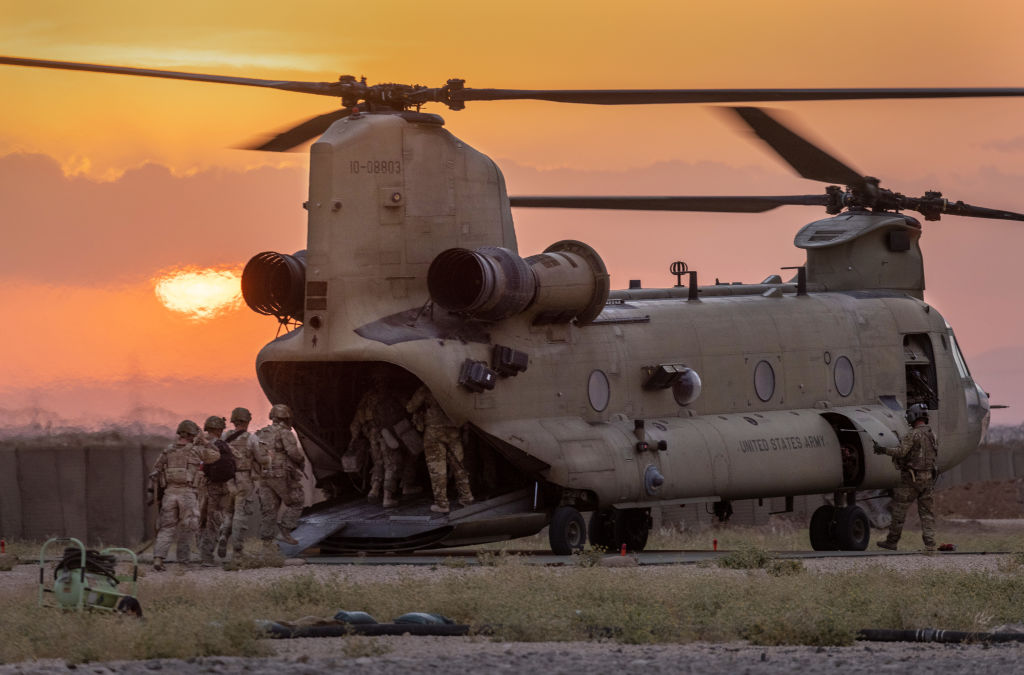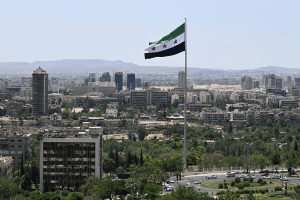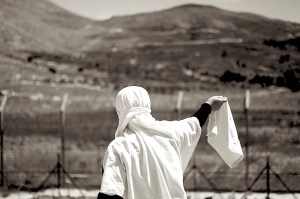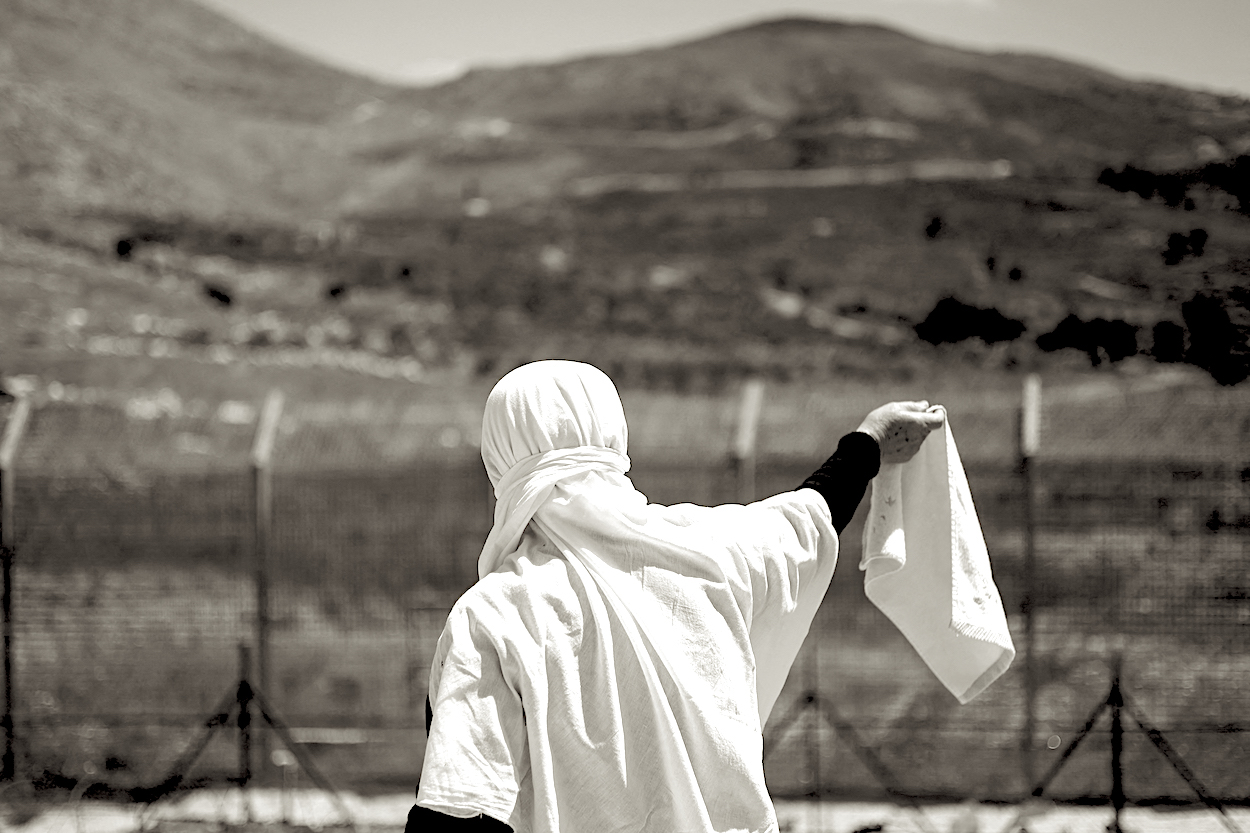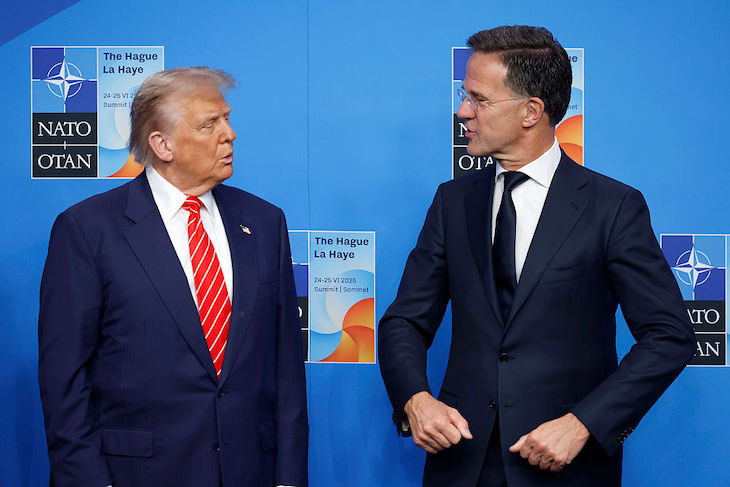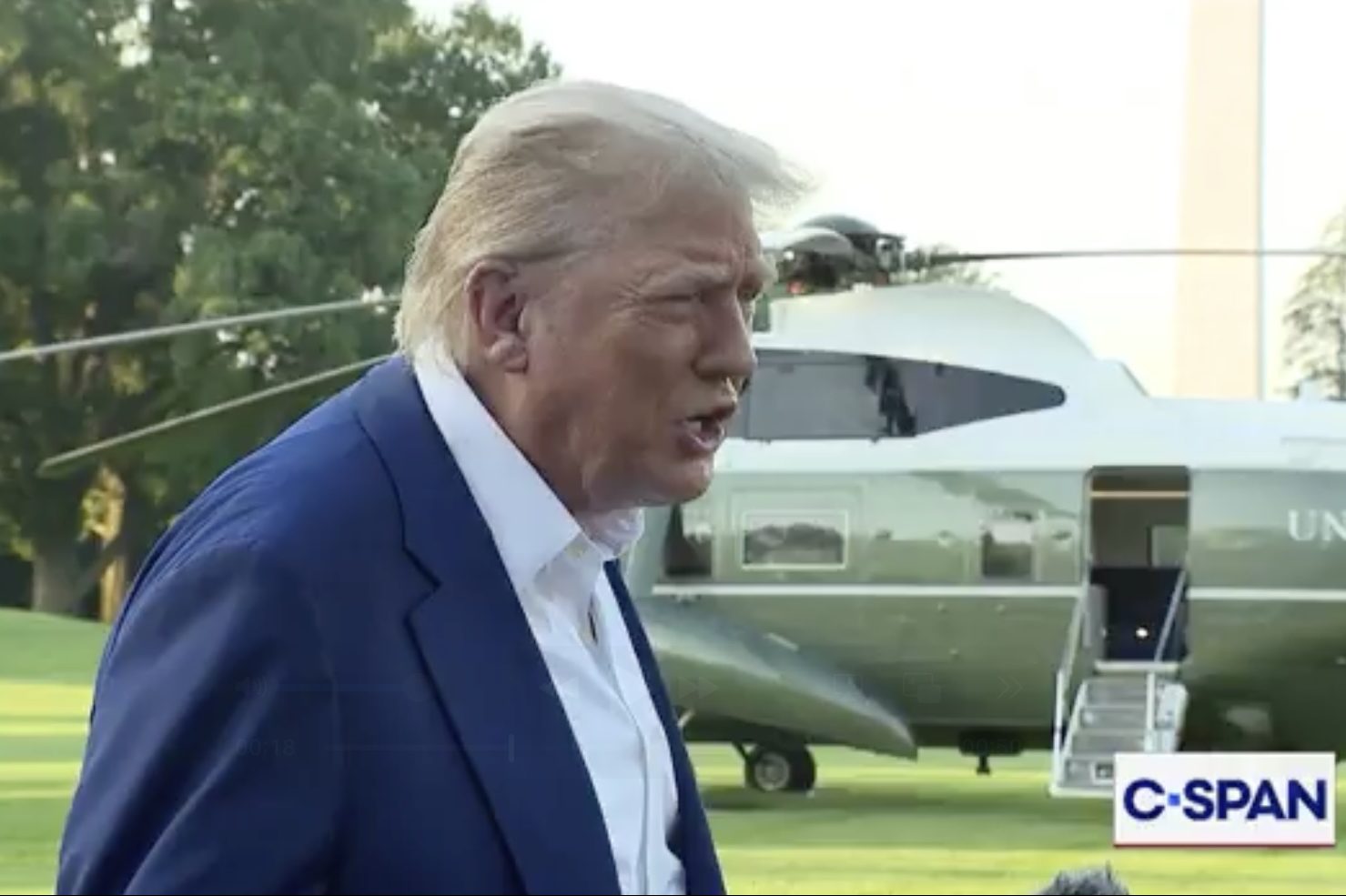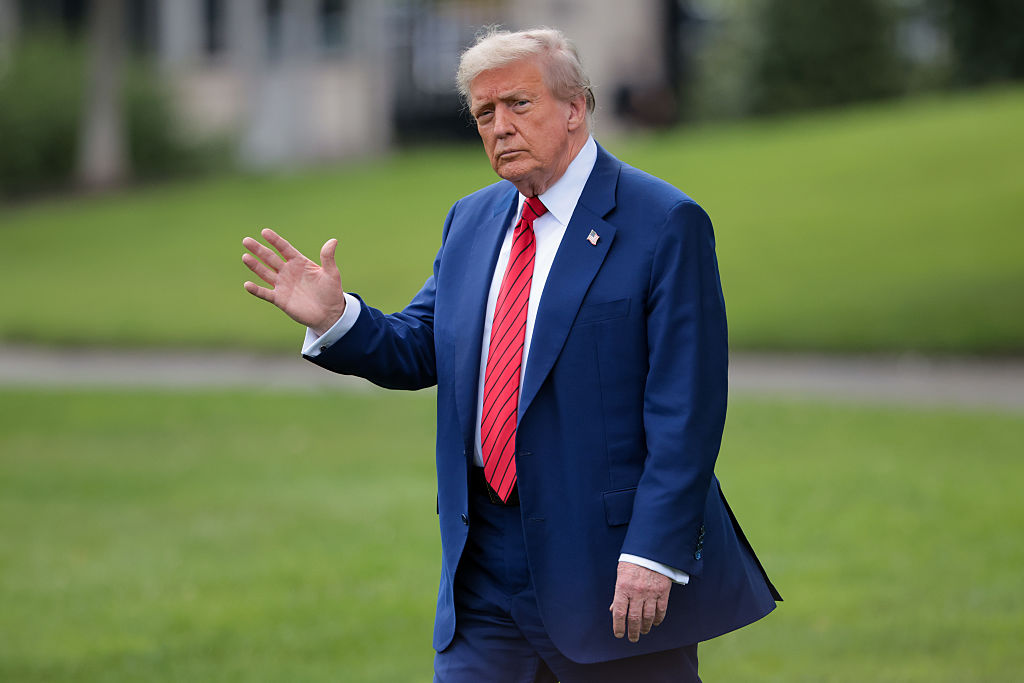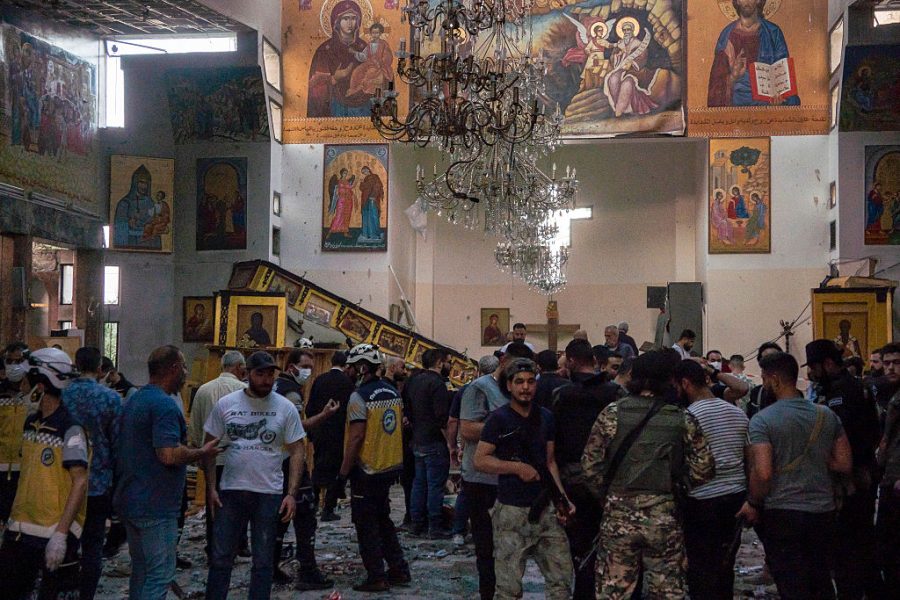A week ago, US troops camped out in the small, dusty Syrian outpost of al-Tanf suddenly found themselves under a “deliberate and coordinated attack“, as multiple explosive-laden drones barreled toward their positions. According to US officials who spoke to the AP on background, Iran “resourced and encouraged” the latest drone attack targeting US forces. The five drones were also reportedly Iranian-manufactured, leading to speculation that Tehran is testing the Biden administration at a time when nuclear negotiations between the US and Iran remain in limbo.
Fortunately, US troops managed to defuse the drone attack without suffering any casualties. But the near-miss was still deeply troubling, for it again illustrated the extremely dangerous environment in which nearly 1,000 US forces in Syria are operating.
If the US desperately needed to put troops in harm’s way to protect itself and its core security interests in the Middle East, then perhaps the ongoing mission in Syria could be justified. Syria, however, can hardly be called a core US security interest — doubly so when the Islamic State, the terrorist group Washington sought to vanquish, is now stateless, weak and unable to hold ground anymore.
The October 21 drone attack on US positions in Syria certainly wasn’t the first of its kind — and if Washington insists on keeping troops there, it likely won’t be the last.
The number of rocket launches, drone swarms and miscalculations that have occurred in Syria over the past few years are too numerous to list here. Yet a few have been particularly noteworthy. On June 20, 2017, a US F-15 fighter plane shot down an Iranian-made drone as it approached the al-Tanf garrison located near the Syrian, Iraqi and Jordanian borders. Around two weeks earlier, an American aircraft blasted another drone from the sky after it released a munition near Syrian rebel fighters and their US trainers. In February 2018, in the most serious armed clash involving American troops in Syria to date, an outmanned group of US special operations forces based in Deir-ez-Zor was forced to call in airstrikes against hundreds of armed Russian contractors who were approaching the deconfliction zone (the attack was foiled, with about 300 Russians killed in an hours-long battle).
In August 2020, Russian vehicles patrolling an eastern section of the country sideswiped a lightly-armored US vehicle, injuring four Americans in the process. And this June, after President Biden ordered a limited air strike on Shia militia buildings near the Iraq-Syria border, those very same militias responded by launching more rockets at American facilities in East Syria. That US forces escaped all of these altercations with minimal damage is a miracle.
Foreign policy commentators will spend a significant portion of their time dissecting Iran’s motives. Others, like Senator Marco Rubio, will urge the Biden administration to penalize Tehran for unprovoked, heinous aggression against American servicemembers. As they have done in the past, the most diehard Iran hawks will likely try to exploit the assault in Syria to press for a termination of nuclear talks and a doubling down of maximum pressure — a strategy we can all thank for a more sophisticated Iranian nuclear program and a more bellicose Iranian foreign policy.
Instead of fixating about what Tehran may be up to, foreign policy analysts and opinion shapers should be asking an entirely different question: what on earth is the US still doing in Syria?
This is not a superficial or trick question. From the moment American warplanes struck its first targets in Syria, one goal has driven the entire US military campaign: eliminate ISIS’s so-called territorial caliphate. As President Obama told the American people in a nationally televised address on September 10, 2014, “Our objective is clear: we will degrade, and ultimately destroy, ISIL through a comprehensive and sustained counter-terrorism strategy.” Obama’s successor, Donald Trump, proceeded with the military campaign and in fact escalated it. By July 2017, the last ISIS holdout in the Iraqi city of Mosul was neutralized. Three months later, the group lost the Syrian city of Raqqa, the headquarters of its caliphate. In December 2018, ISIS saw the Euphrates River town of Haijin fall from its grasp. And in 2019, hundreds of ISIS fighters not only surrendered their last patch of territory, but saw their leader, Abu Bakr al-Baghdadi, killed in a US special forces raid.
ISIS used to rule a swath of territory as large as the United Kingdom. Today all of this territory is gone, its finances are depleted (although at $25-50 million, ISIS cash reserves are still sizable compared to other terrorist groups) and its freedom of movement is constricted by a litany of more powerful forces who don’t have an interest in letting the organization regenerate. Yes, ISIS continues to conduct terrorist attacks in Syria. But those attacks are largely confined to soft targets, static checkpoints and exposed convoys. Once one of the most predominate non-state actors in the Middle East, ISIS is now one among many.
In short, US troops did their job and fulfilled the mission they were ordered to execute. Which yet again begs the question: why is the US still in Syria? It’s time policymakers in Washington answer honestly and forthrightly rather than leaning on tired cliches about stability.



